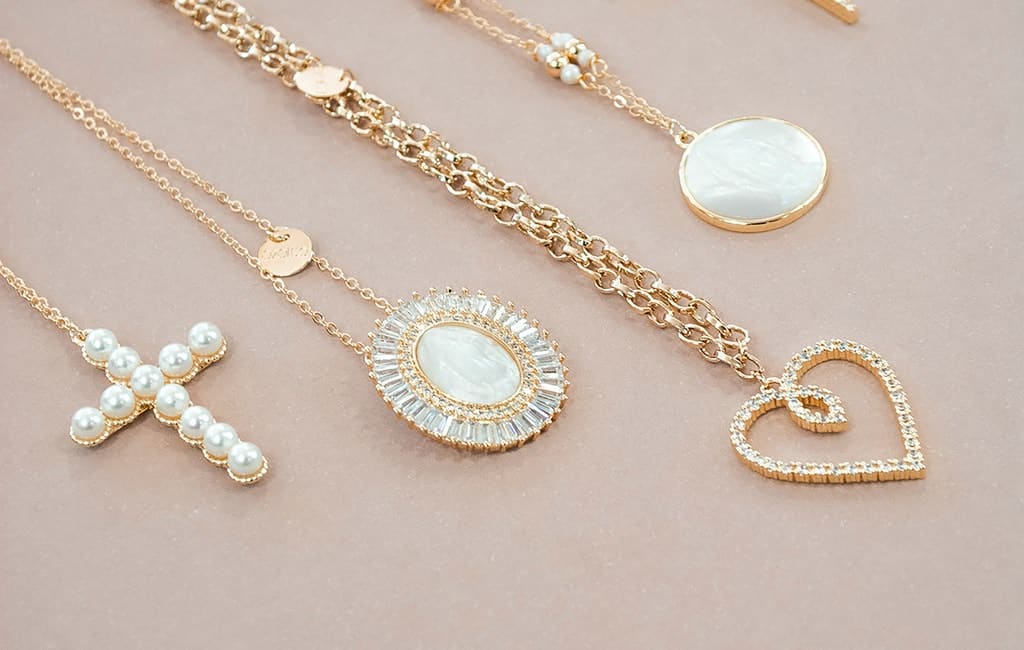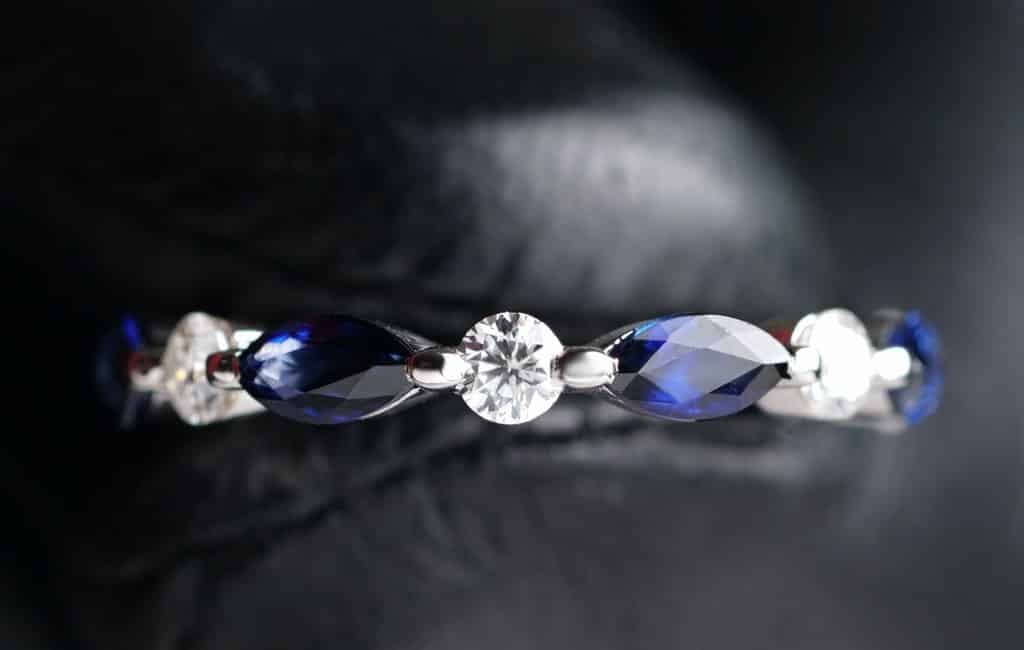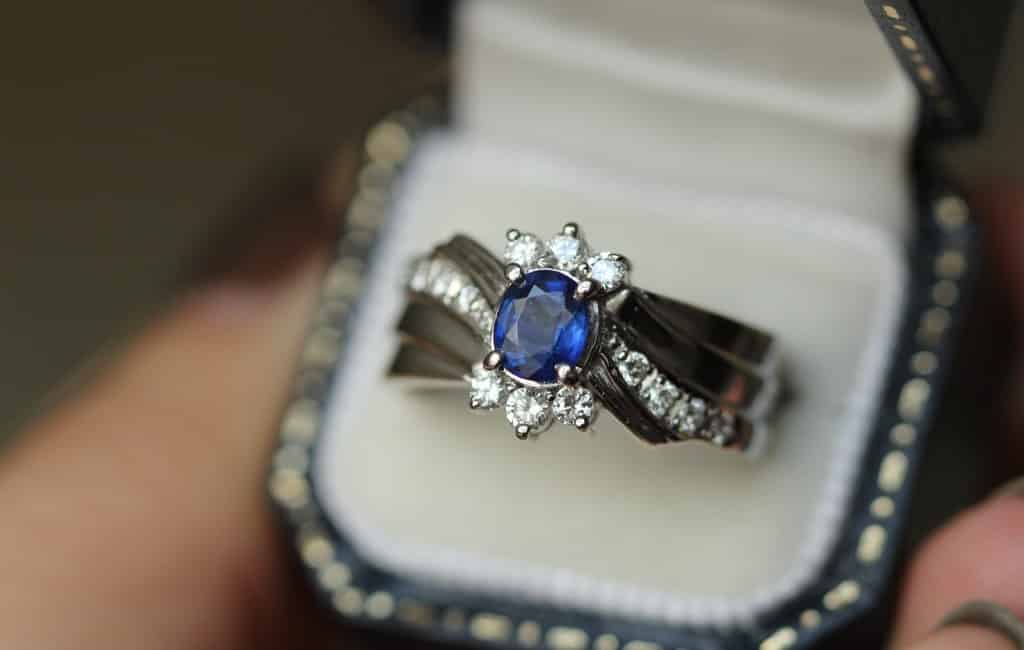Gemstones are substances that have been in existence for millions – and in some cases, billions – of years. Many of them are formed from the accumulation of mineral deposits which takes place deep beneath the earth’s crust, while others are formed by organic organisms (e.g. pearls formed from oysters and other mollusks).
Gemstones are highly valuable materials, which may be found in very specific areas around the world. They also occur in different types, forms and shapes, which can be divided into two main groups; precious stones and semi-precious stones. Diamonds are the most popular precious gemstones in the world.

WHAT ARE PRECIOUS AND SEMI-PRECIOUS STONES?
Precious stones are highly valuable gemstones that are worth a lot in terms of commercial value and public sentiment. These kinds of stones are usually some of the most popular and highly desirable ones around the world. They include rubies, sapphires, emeralds and diamonds.
Semi-precious stones, on the other hand, are stones that do not have as much commercial value, rarity and general public sentiment attached to them compared to rubies, sapphires, emeralds and diamonds. Examples of semi-precious gemstones include jade, citrine, quartz, peridot, topaz, turquoise, tiger’s eye and so on. They are more generally used for industrial applications such as building and other such uses.
Of all the types of gemstones available in the world, diamonds are the most popular and the most desirable.
HOW IS A DIAMOND FORMED?
A diamond is usually formed, deep beneath the earth’s crust, when pure carbon deposits are subjected to extreme natural forces of pressure and heat; which can be found miles beneath the surface of the earth (particularly in places that have experienced volcanic action at least once).
These forces of extreme heat and pressure usually affect the pure carbon atoms by rearranging them into rigid crystal lattice structures that are very difficult for other elements and compounds to infiltrate. This notable difficulty is due to the tight covalent bonds between the diamonds’ atoms within the crystal lattice structure, and it is responsible for the diamond’s remarkable hardness.

The hardness of diamonds is so notable that this gemstone is usually referred to as the hardest substance in the world (even though this is no longer sufficiently true). Factually and scientifically, the diamond is also the hardest gemstone known at present, which is why it is often used to depict undying and long-lasting love.
WHAT ARE THE TYPES OF DIAMONDS?
Diamonds can be divided into different categories based on their quality. The four major parameters that determine a diamond’s quality are its clarity, carat, color and cut.
A diamond’s clarity refers to the transparency of a diamond and how clear it is. Clarity also has to do with the degree of flawlessness of a diamond, in terms of flaws (or the absence of flaws). Most of the time, clarity also refers to a diamonds transparency, rather than its translucency or luminosity. Diamonds of very high quality usually have very high levels of clarity.
Carat, however, refers to a diamond’s weight (the weight of a diamond is usually measured in carats, with one carat equaling 0.2g).
Color is also another factor that is very important when it comes to the assessment of a diamonds quality. A diamond must have the right hue and shade. Its color must also react well with sunlight and must be reflected properly (particularly when sunlight bounces off its facets, which are a factor of its cuts). A diamond’s cut is very important because the way a diamond is cut, and the number of facets it has, has a way of really influencing the brilliance of a diamond (this is because the cut really affects the shape and form of the diamond, as well as the way light reflects off it).
Apart from these four factors (i.e. clarity, carat, color and cut), there are other parameters that determine the way a diamond can be classified. Ultimately, however, some of the categories into which diamonds can be subdivided include the following:
- Natural and synthetic diamonds
On the basis of how they are formed, diamonds can be classified either as natural or synthetic. Natural diamonds are the kinds of diamonds that are formed on their own in nature, without any artificial or manmade aid. Natural diamonds usually take a while to form on their own in nature, and this duration can range from several months to several millions and billions of years.
Natural diamonds cannot be formed everywhere on earth. They are usually only found in areas that have once experienced volcanic eruption, because such places contain the necessary materials and conditions necessary for diamond formation (i.e. notable deposits of pure carbon and extreme degrees of heat and pressure). These kinds of diamonds can only be found in 35 countries in the world including Brazil, Botswana, Australia and Canada among others.
Synthetic diamonds, however, are the types of diamonds that are usually formed in laboratories. They are usually referred to as lab-grown diamonds, and are typically formed by man-made efforts when pure carbon is subjected to artificially generated quantities of heat and pressure.
- Colored and colorless diamonds
On the basis of color, diamonds can be classified as either colored or colorless. Typically and conventionally, diamonds are formed without color. This is because their rigid crystal lattice structure does not usually allow the infiltration of other elements and compounds, which may result in color formation.
- Princess cut diamonds, oval cut diamonds etc
Based on the shapes they have been cut into, diamonds can be divided into many categories such as princess cut diamonds, oval cut diamonds, pear cut diamonds, round cut diamonds and others that specify the kind of method used to cut and polish the diamonds. A diamond’s cut also typically determines the number of facets it is going to have (and this also influences its brilliance).
HOW WAS THE FIRST DIAMOND CUT?
The first diamond cutting technique to ever be recorded originated from India, and it resulted in the point cut diamond. While making this cut, a chisel is used to make a small point on the diamond. This point would then be used to make facets on the diamond.
Since the point cut is the oldest diamond cutting method known, it is most likely to be the way the first diamond (to be cut) was cut.

